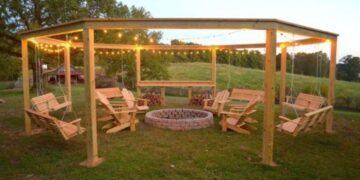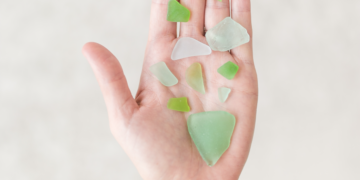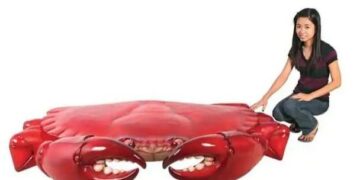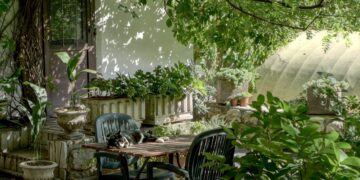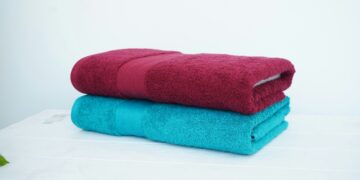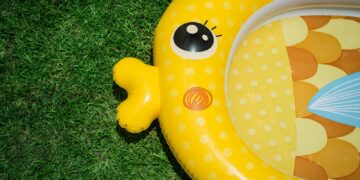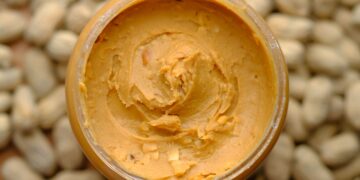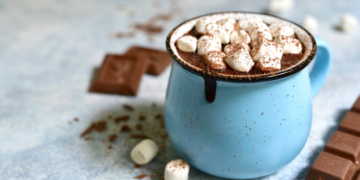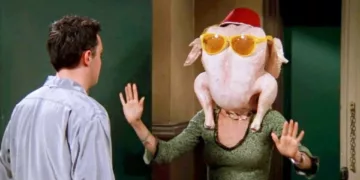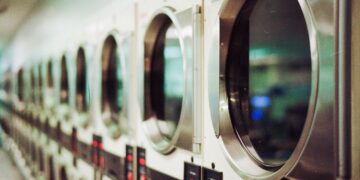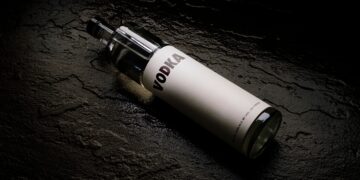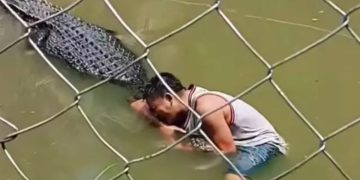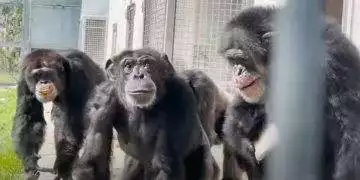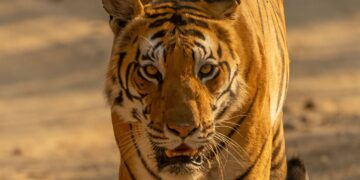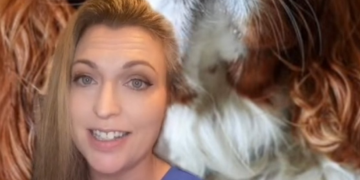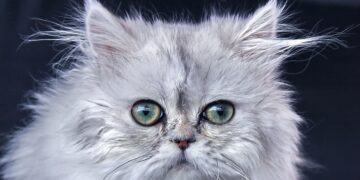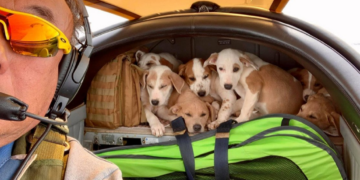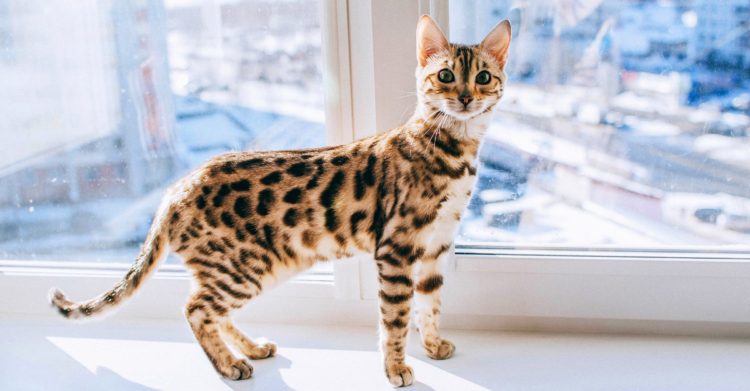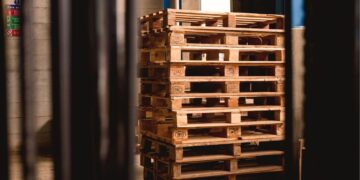If you’re the type of person who likes cats because they are believed to be more independent and less work than a dog, then a Bengal cat is not the pet for you.
These beautiful kitties with coats unique to the domestic cat world are a bundle of energy and need plenty of attention and stimulation.
A lot of that is because they are actually a hybrid breed between the wild leopard cats of Asia and average housecats.

Leopard cats are small wildcats who were once sold in pet stores, though many countries required a special license to keep the exotic animal as a pet.
Because the species was threatened by extinction and unsuited to being a household pet, many attempts were made to breed it with domestic cats.
Though the breeding efforts were first successful in the 1970s, it’s only recently that Bengals have become more commonly available.

At a steep price, though.
That’s because for the first few generations, not only were the cats still too wild in temperament, but the males were all born sterile. It wasn’t until the third generation that any males were fertile.
In 1993, the Bengal cat was finally recognized as distinct domesticated cat breed that does not require a license to keep as a pet.

The cats themselves are on the large size for a house cat and have a life-expectancy of 10-16 years.
They are very affectionate and great with kids, but also need plenty of exercise and stimulation. No couch potatoes here.
They are also highly intelligent, which means they can be taught to play fetch and even use the toilet.

That intelligence is also part of why providing plenty of toys and attention is important, because a bored Bengal may begin to make trouble.
Bengals also love water, so do be surprised to find yours attempting to join you in the tub.
h/t: Petfinder , The Spruce Pets


